Many tell the same story about how the heritage of coffee beans drawback to Ethiopia and its origin in one of the regions in Ethiopia called Kaffa and how Ethiopia is the only country where coffee was grown naturally, which later was discovered and announced by a goat herder named Kaldi in the 9th century. He noticed the value of these beans, which they call “bunna” in Ethiopians’ native language, after his goats and himself fed on the cherries and showed physical strength and feeling extraordinary. Multiple pieces of research show that coffee reached the whole world after recognizing it was given in Ethiopia, Africa. Besides being the birthplace of Coffee beans, Ethiopia also has its people tightly bonded with coffee through culture, tradition, love, and interpersonal relationships. Ethiopia and its coffee ceremonies are almost used interchangeably in the entire world, which is one of the many pieces of evidence of how close and inseparable coffee is and has been with Ethiopia and its people. In this article, we will see about the Ethiopian Coffee Ceremony.
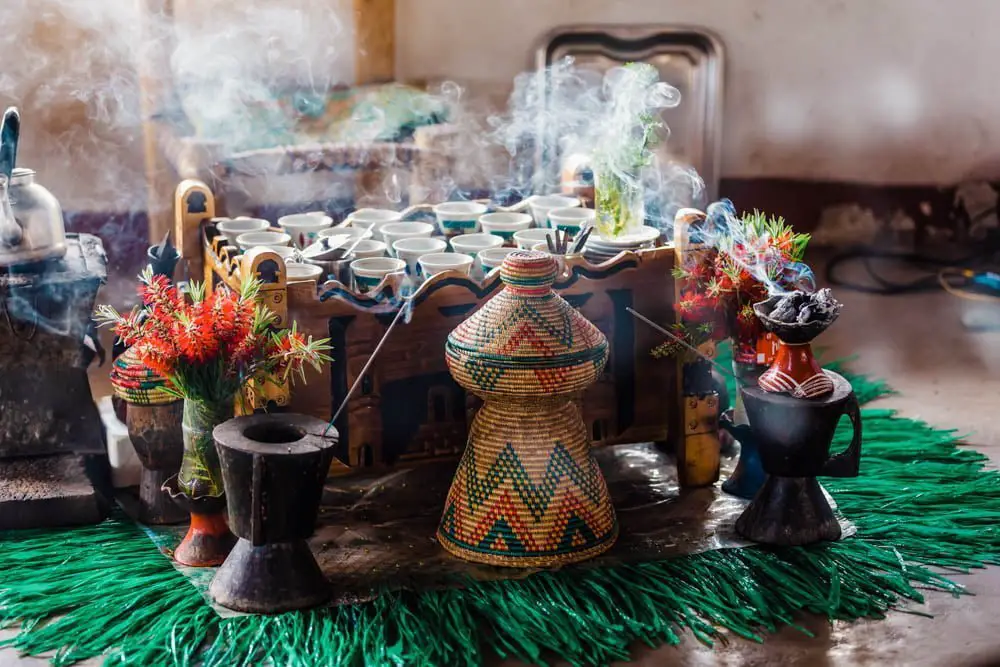
Coffee History
According to this narrative, Kaldi, the legendary character, is supposed to have existed around the year 850 A.D. Coffee farming is thought to have started in Ethiopia during the ninth century. Some people claim that coffee was first grown in Yemen. Although the legend of Kaldi, his goats, and the monks claim that coffee was found as a herb and a drink on the same day, it is more likely that coffee beans were consumed for years as a herb before being converted into a beverage. The beans were most likely mashed and combined with animal fat to make a smooth paste formed into these little balls.
Why is Ethiopian coffee?
Besides the fruited and floral flavors, Coffee in Ethiopia has, it also has some other reasons why it is said to be the best of the different coffee types in the whole world. The reason why Ethiopia’s Coffee is preferred over any other country on the planet is because of how high the altitudes where the beans get mainly cultivated are and, of course, the very suitable climate the land has, including the type of soil that catalyzes the whole process of growing coffee also plays a tremendous role.
When we come to the odor of Coffee in Ethiopia and how it is recognizable from the others, it can be slightly unpleasant, especially for someone that is not used to the smell. Still, sometimes, the warm and inviting aroma of freshly brewed coffee, served over an open fire with the delicate scent of eucalyptus burning in the background, tickles the senses.
Ethiopian Coffee Ceremony
Coffee is not just a drink in Ethiopia. It’s more of a tradition, culture, a way to gather around and pour love to each other. Lastly, it is one of the many things Ethiopia, as a country with more than 80 ethnicities, delivers as a typical character to its people. Hence, it has its way of doing things which we usually call a ceremony.
As most people from other countries might find it weird, here in Ethiopia, the women are the only ones responsible for the whole making of this coffee ceremony.
Ethiopian Coffee Ceremony Set and Coffee Making Process
The first step would be to put the beautifully made serving called “Rekebot” in Amharic. This is where the coffee cups, natively called “Sini” and other materials like the sugar holder, are put on to be aesthetic.
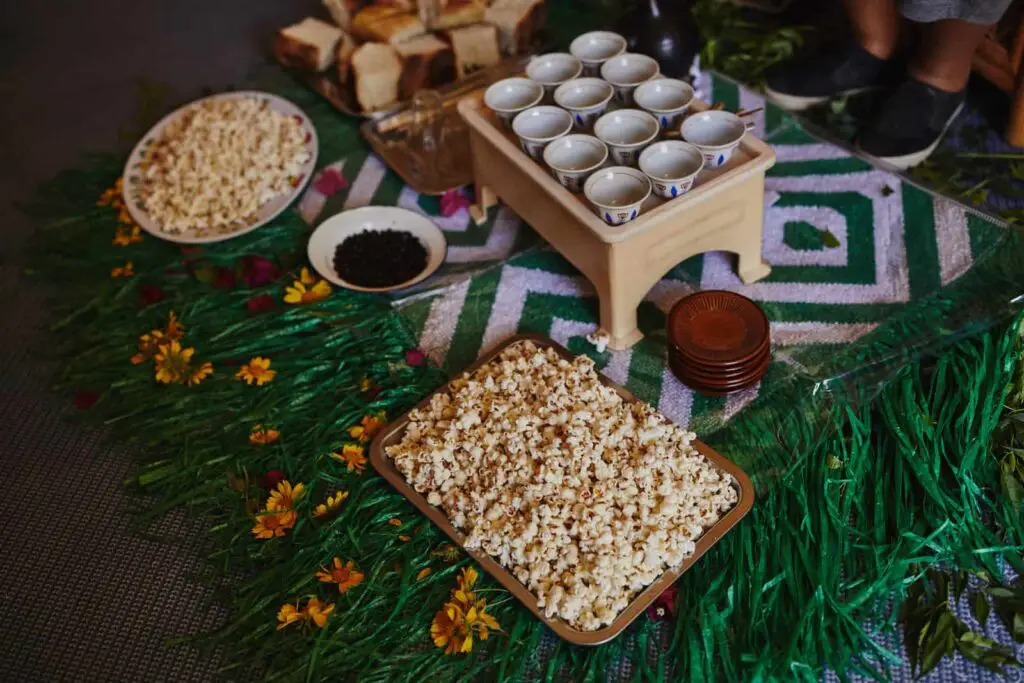
Then comes the green coffee beans, ready to be washed mainly through water only. After the woman rinses the beans, they will be put in a pan that gets roasted and prepared to grind. Ethiopians traditionally grind the beans, but now that the world is exposed to electronics, they have started using grinders. After the grind, it’s all about having water boiled to add the ground coffee blended and cooked together for a while. Finally, they take the ‘Jebena,’ meaning the pot we combine and boil the coffee in, away from the fire. And wait a bit until the unblended particles sink so the smooth coffee can be poured alone. Many might assume the result of the coffee can only have sugar to give it a great taste. Still, many Ethiopians like salt in their coffee instead of sugar.
This eye-catching ceremony will not just have people from the neighborhood gathered up. Still, it is a connection between creator and laughter, happiness, and friendship. A coffee ceremony in Ethiopia can be as big as the ones we see on many posters and just as simple as a woman making coffee for just her family daily; what’s unique about it is that it stays as delicious and aromatic either way.
If one asks how the gathering around happens, their answer is similar to what I will tell now. The kids will call on all the neighbors to drink a coffee with their mom in their home. This happens by knocking on each neighbor’s door. Then all the neighbors come and find a seat close to the lady making the drink.
What makes Ethiopian Coffee Ceremony Different?
What differentiates this ceremony from any person from any part of the world inviting friends to have coffee with them? One might ask. Of the many reasons, one stands out: Ethiopians have rounds for their coffee. It doesn’t just go to second, but third and they have a name for each round of coffee they drink at just a single gathering. That starts with the first round of coffee, natively named “Abol,” the second one called “Tona,” and the third, which is the last, is “Bereka.” By round, I mean that when the Coffee pot, Jebena, gets empty once, they fill it twice more before their guests leave; this is not compulsory. The guests choose to keep drinking or stop, but most decide to continue as the conversations and connections become more enjoyable.
You might ask how they keep drinking in rounds or how they can handle it. Still, the taste of coffee, especially the one made after getting roasted, very well gives a dark black color which is why Ethiopians usually call it “Yedoro Ayn,” which means the eye of a hen has a very delightful and a never to get over the taste.
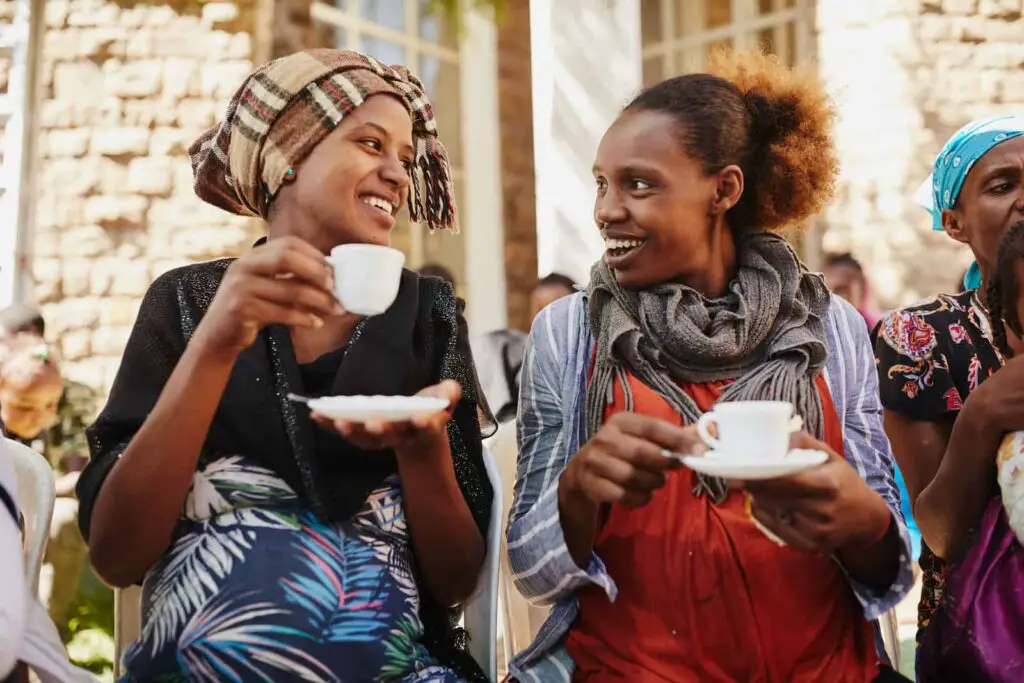

Ethiopian Coffee Export
Ethiopia, as a country, has multiple different goods that it exports to foreign countries as a way to economic stability. These include flowers, Chat, leather and leather products, and a few more. Nevertheless, the most significant ratio of exports is covered by the very well desired Ethiopian coffee, taking up to Twenty-five percent of all the export materials the country markets.
Ethiopia exports its coffee to the major countries, including Saudi Arabia, the United States, Germany, Japan, and South Korea. The fastest growth in the export markets for Coffee in Ethiopia was recorded to be Germany and South Arabia in 2019. Although it is well known that the first origin of coffee plants in Ethiopia is a region called Kaffa, there are multiple other regions in the southwestern part of the country where coffee mainly grows. The most renowned areas are Yirgacheffe, Sidamo, Harrar, and Djimmah(also called Limu). However, only one coffee species grows in the many coffee-growing regions of Ethiopia, that is, Arabica.
The Ethiopian Coffee Demand is anticipated to develop at a CAGR of 5.5 percent during the forthcoming years. As the home of coffee Arabica, Ethiopia produces an enormous amount of Coffee in Africa and is the fifth biggest coffee maker on the planet. Domestic intake accounts for more than half of the country’s coffee production.
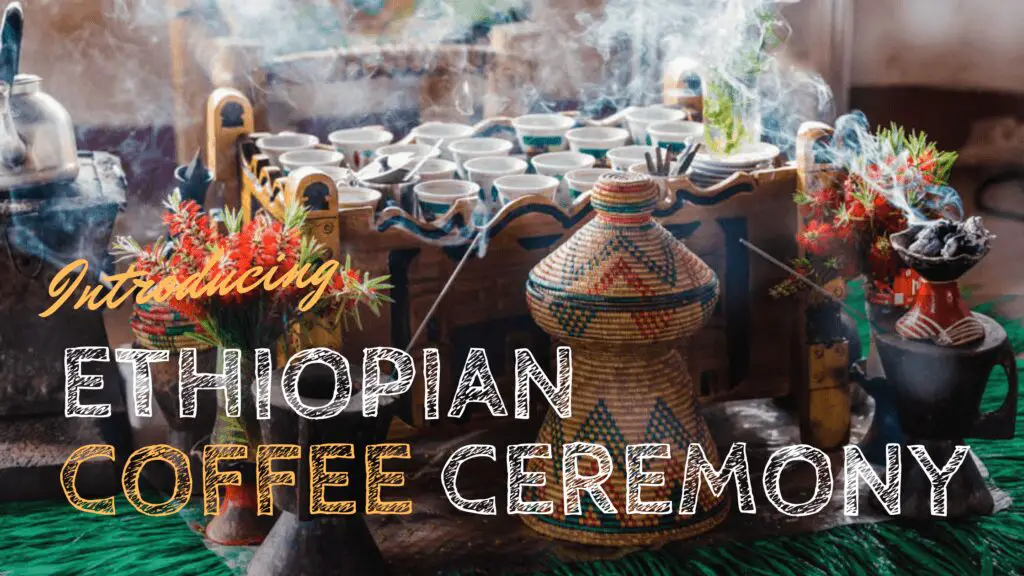
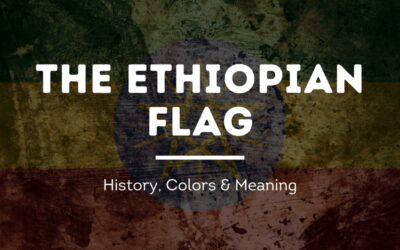


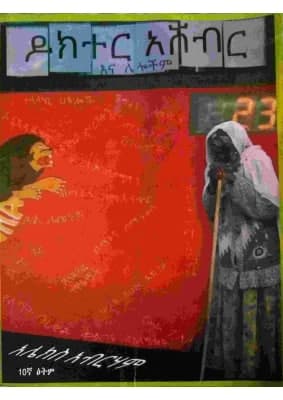


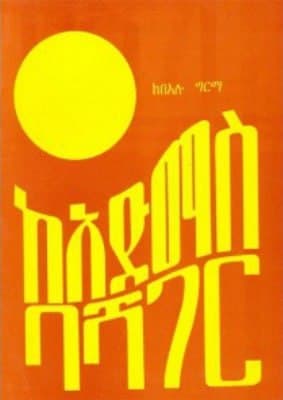

0 Comments